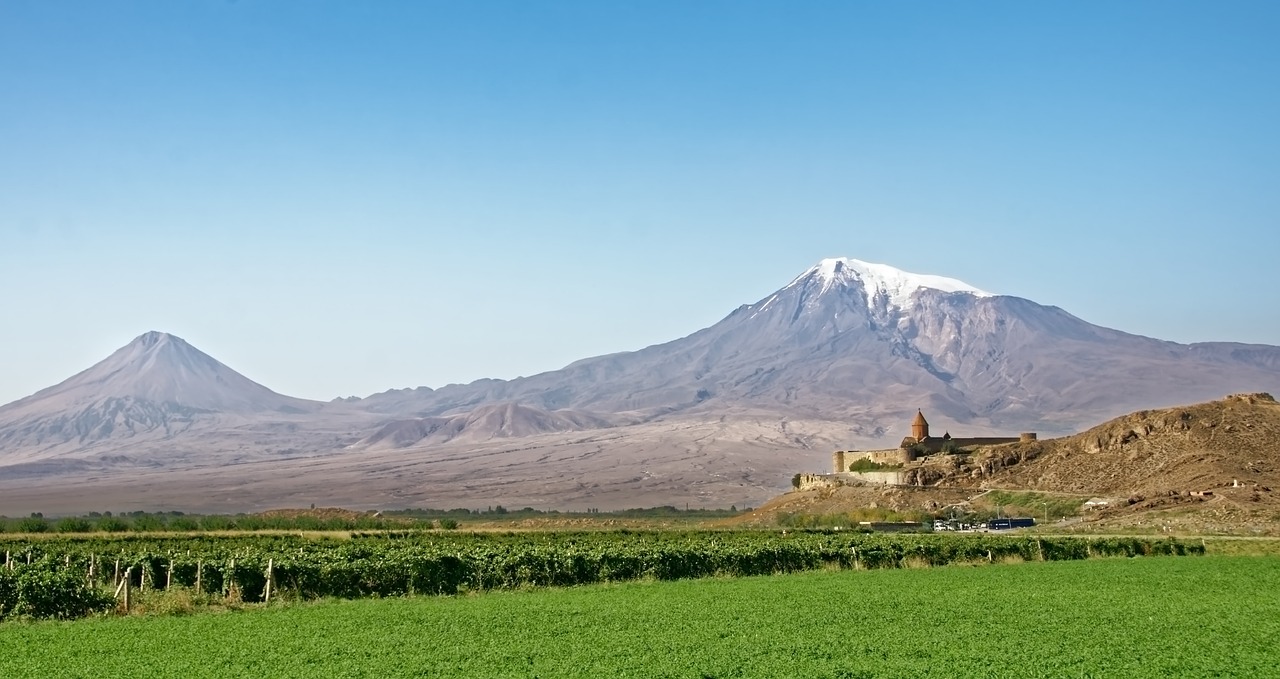Language and Communication: Overcoming Barriers in Armenia
Armenia, a beautiful country located in the South Caucasus region of Eurasia, is known for its rich cultural heritage and stunning landscapes. With a population of around 3 million people, Armenia is a diverse country with a complex linguistic landscape. In this article, we will explore the challenges and solutions related to language and communication in Armenia.
The Importance of Language in Armenia
Language plays a crucial role in shaping the identity and culture of a nation. In Armenia, the official language is Armenian, which is spoken by the majority of the population. Armenian is an ancient Indo-European language with its unique alphabet and rich literary tradition. The preservation and promotion of the Armenian language are of utmost importance to the country.
Language Diversity in Armenia
While Armenian is the dominant language in Armenia, the country is also home to various minority languages. These include Russian, Kurdish, Yazidi, Assyrian, and others. The presence of diverse linguistic communities adds to the cultural richness of Armenia. However, it also presents challenges in terms of effective communication and understanding among different language groups.
Language Policies in Armenia
To address the linguistic diversity in Armenia, the government has implemented various language policies. The Constitution of Armenia recognizes the importance of preserving and developing the Armenian language. It also guarantees the rights of linguistic minorities to use and develop their native languages. Additionally, the government supports initiatives to promote multilingualism and language learning in the country.
Challenges in Language and Communication
Despite the efforts to promote linguistic diversity, there are still challenges in language and communication in Armenia. One of the main challenges is the language barrier between different language groups. This can hinder effective communication and create misunderstandings in various sectors, including education, healthcare, and business.
Language Education and Awareness
To overcome language barriers, Armenia has focused on improving language education and raising awareness about linguistic diversity. The government has implemented language programs in schools to ensure that students have access to quality language education. Additionally, organizations and institutions are working to promote language awareness and intercultural dialogue among different language communities.
Translation and Interpretation Services
Translation and interpretation services play a crucial role in facilitating communication between different language groups in Armenia. Various organizations and professionals provide translation and interpretation services in different sectors, including government, healthcare, and tourism. These services help bridge the language gap and ensure effective communication among individuals and organizations.
Language Technology and Digital Solutions
Advancements in language technology and digital solutions have also contributed to overcoming language barriers in Armenia. Language learning apps, translation tools, and online resources have made it easier for individuals to learn and communicate in different languages. These technological advancements have also facilitated cross-cultural communication and expanded opportunities for international collaborations.
Community Engagement and Integration
Community engagement and integration are essential for promoting effective communication and understanding among different language groups in Armenia. Various community organizations and initiatives focus on bringing people from different linguistic backgrounds together, fostering mutual respect, and creating opportunities for cultural exchange. These efforts contribute to the overall social cohesion and harmony in the country.
Armenia Image 1:

Language Policies and Legislation
In addition to language education and community engagement, Armenia has implemented specific policies and legislation to address language barriers. The Law on Language, enacted in 1996, aims to regulate the use of the Armenian language in official and public domains. This legislation promotes the use of Armenian in government institutions, media, and public signage.
Armenia Image 2:

Language and Economic Development
Language and communication are closely linked to economic development. In Armenia, the ability to communicate effectively in multiple languages opens up opportunities for trade, tourism, and international collaborations. Language skills are highly valued in the job market, and individuals with multilingual abilities have a competitive edge in various industries.
Language and Cultural Preservation
Preserving and promoting the Armenian language and culture are fundamental for the country’s cultural identity. Language is a vehicle for transmitting cultural values, traditions, and heritage. By investing in language education and cultural preservation, Armenia ensures the continuity of its unique cultural heritage for future generations.
Armenia Image 3:

Conclusion
Language and communication are vital aspects of any society, and Armenia recognizes the significance of overcoming language barriers for social cohesion, economic development, and cultural preservation. Through language education, community engagement, translation services, and technological advancements, Armenia is actively working towards creating a more inclusive and linguistically diverse society.
References
– Official website of the Government of Armenia: government.am
– National Statistical Service of the Republic of Armenia: armstat.am
– Ministry of Education, Science, Culture, and Sport of Armenia: edu.am
– United Nations Educational, Scientific and Cultural Organization (UNESCO): unesco.org


